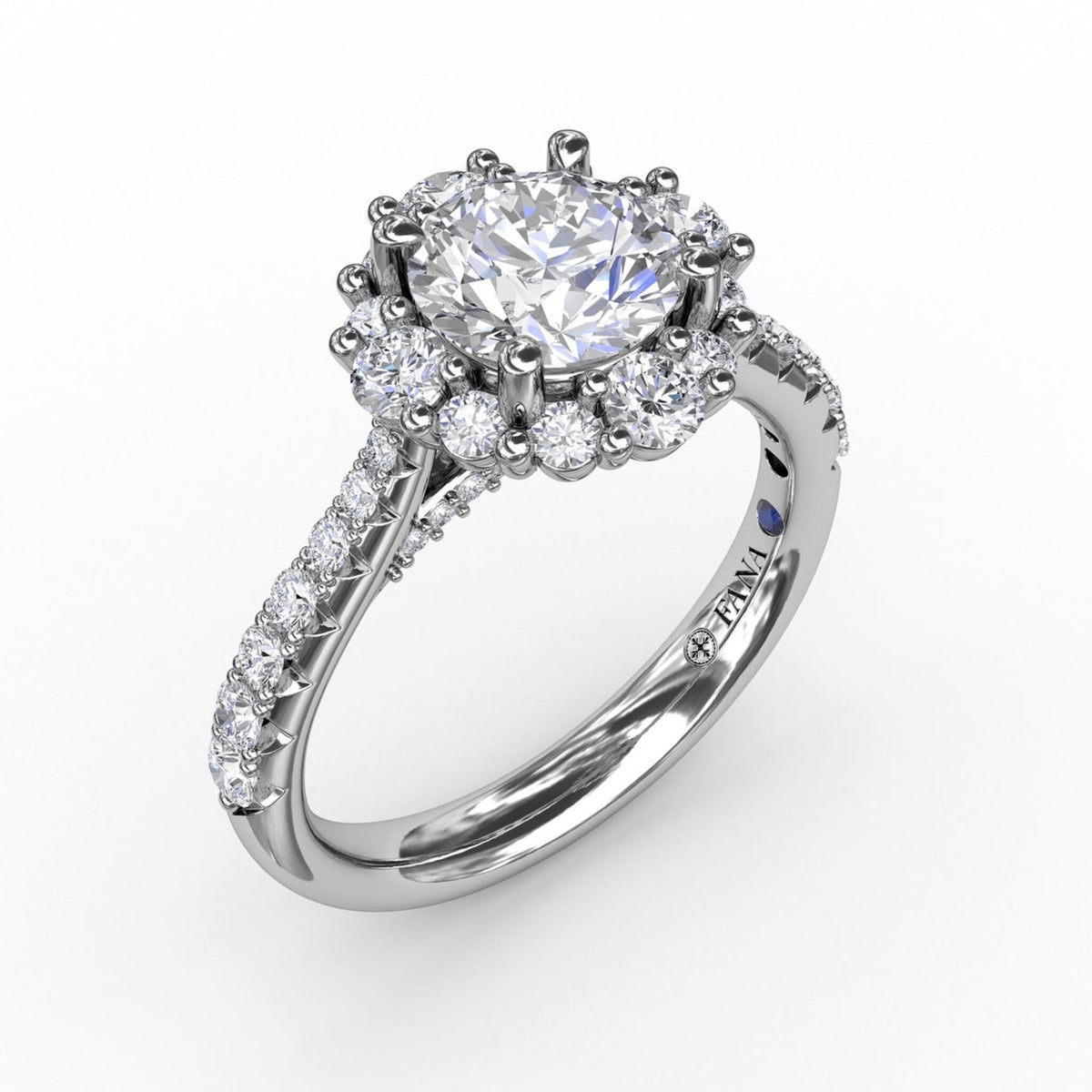How Does a Diamond Stay in the Prongs?

When you gaze upon a sparkling diamond ensconced in its setting, have you ever wondered how such a precious stone stays securely in place? The answer lies in the art and science of jewelry design, particularly in the clever use of prongs. Prongs, often crafted from precious metals like platinum or gold, are the small metal claws that grip the diamond, holding it snugly against the jewelry piece, whether it be an engagement ring, a solitaire pendant, or a pair of diamond studs.
Understanding the functionality of prongs is not only fascinating but also essential for anyone who owns or plans to purchase diamond jewelry. Prongs do more than just secure a diamond; they also allow light to enter the stone from various angles, maximizing the stone's inherent brilliance and fire. The most common prong setting is the four-prong arrangement, which provides a secure hold while minimizing the amount of metal used, thus enhancing the diamond's visibility and light exposure. However, settings can vary from the delicate three-prong designs, ideal for smaller stones, to more robust six-prong settings that offer additional security for larger or more valuable diamonds.
Maintenance of prong settings is crucial for the longevity and safety of your jewelry. Over time, prongs may become worn or bent, posing a risk to the security of the diamond. Regular check-ups with a skilled jeweler, such as those at Robinson's Jewelers, can ensure that your prongs are in perfect condition and your diamond remains safely in its setting. If adjustments are needed, they can be made promptly to avoid any potential loss of your precious gem.